Think Tank: A Different View of Grading in Culinary Education, Part I
Thursday, 01 May 2014 03:00
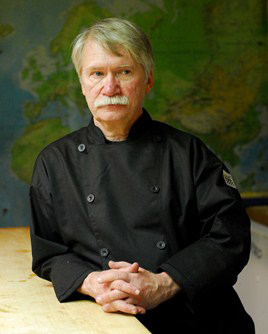 As culinary educators we have a unique opportunity to view student assessment differently—in a way that measures the ability to “demonstrate understanding” vs. the ability to memorize.
As culinary educators we have a unique opportunity to view student assessment differently—in a way that measures the ability to “demonstrate understanding” vs. the ability to memorize.
Paul Sorgule, MS, AAC
From the day we first enter the educational system in the United States we are introduced to a method of measurement that establishes a feeling of success or failure, winning or losing, those with potential and those without. My beacon for leadership and management, Edwards Deming, viewed this as one of the most significant problems that faced American economic strength from the 1950s till current times.
The American system of education has, to a large degree, been based on telling students what they should know, relegating them to memorizing facts and then testing them on their ability to repeat that information. Successful memorization equals better test scores; better test scores equals a person with potential. Or does it?

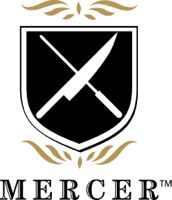 Courtesy of Mercer Cutlery
Courtesy of Mercer Cutlery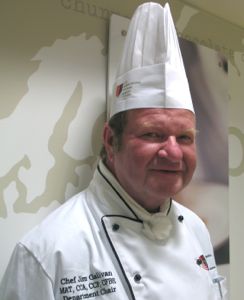 A veteran culinary educator recalls mingling among “the beautiful people” at the last annual TomatoFest.
A veteran culinary educator recalls mingling among “the beautiful people” at the last annual TomatoFest.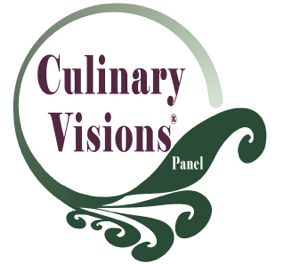 New survey reveals the focus of today’s culinary education
New survey reveals the focus of today’s culinary education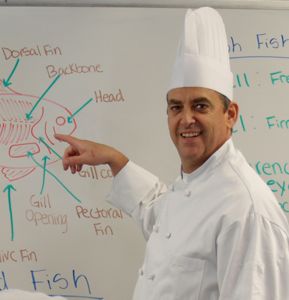 Due to release June 1, Culinary Educators’ Teaching Tools & Tips written by Colin P. Roche, Bradley J. Ware and Claudette Lévesque Ware is the first text of its kind.
Due to release June 1, Culinary Educators’ Teaching Tools & Tips written by Colin P. Roche, Bradley J. Ware and Claudette Lévesque Ware is the first text of its kind.